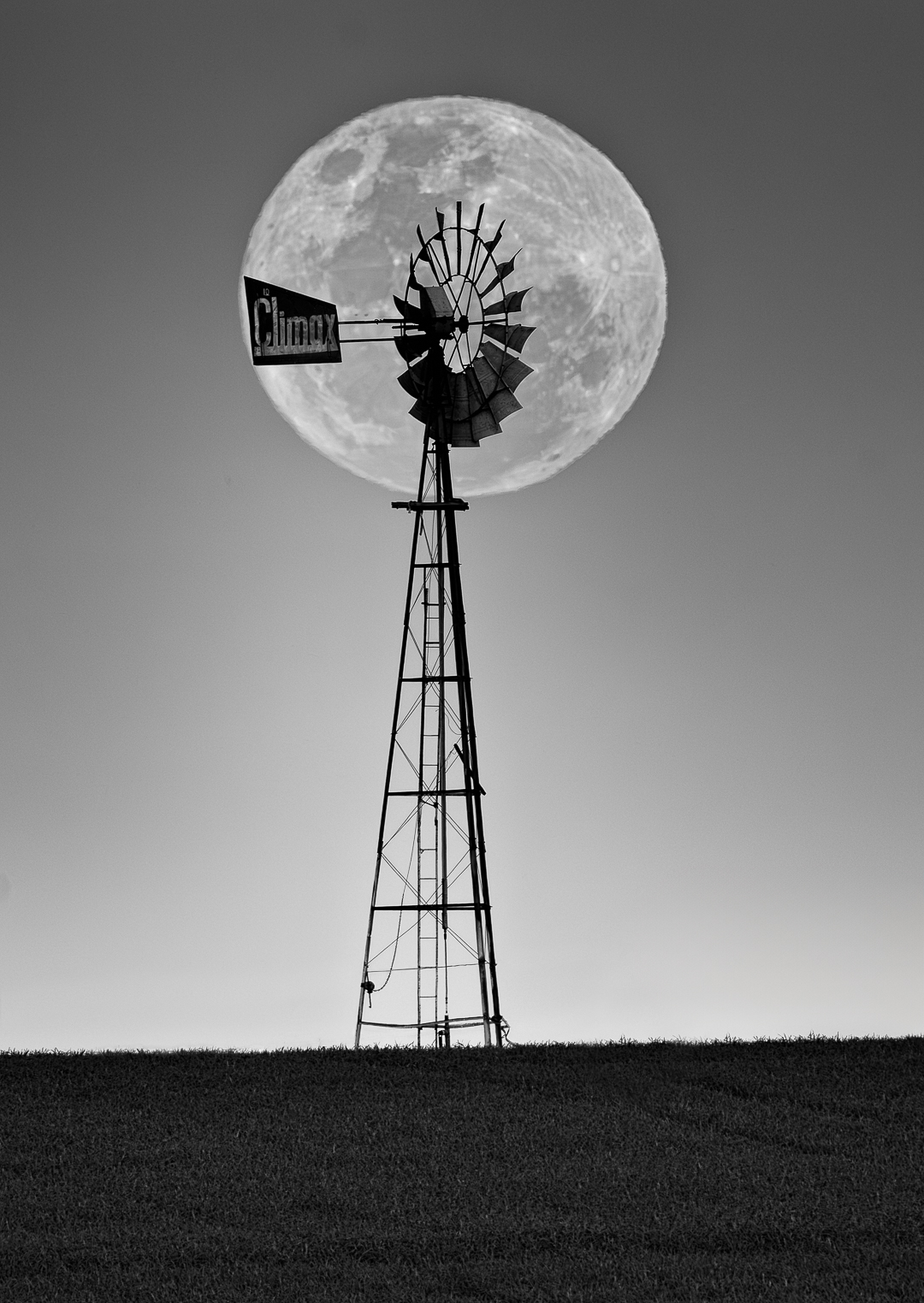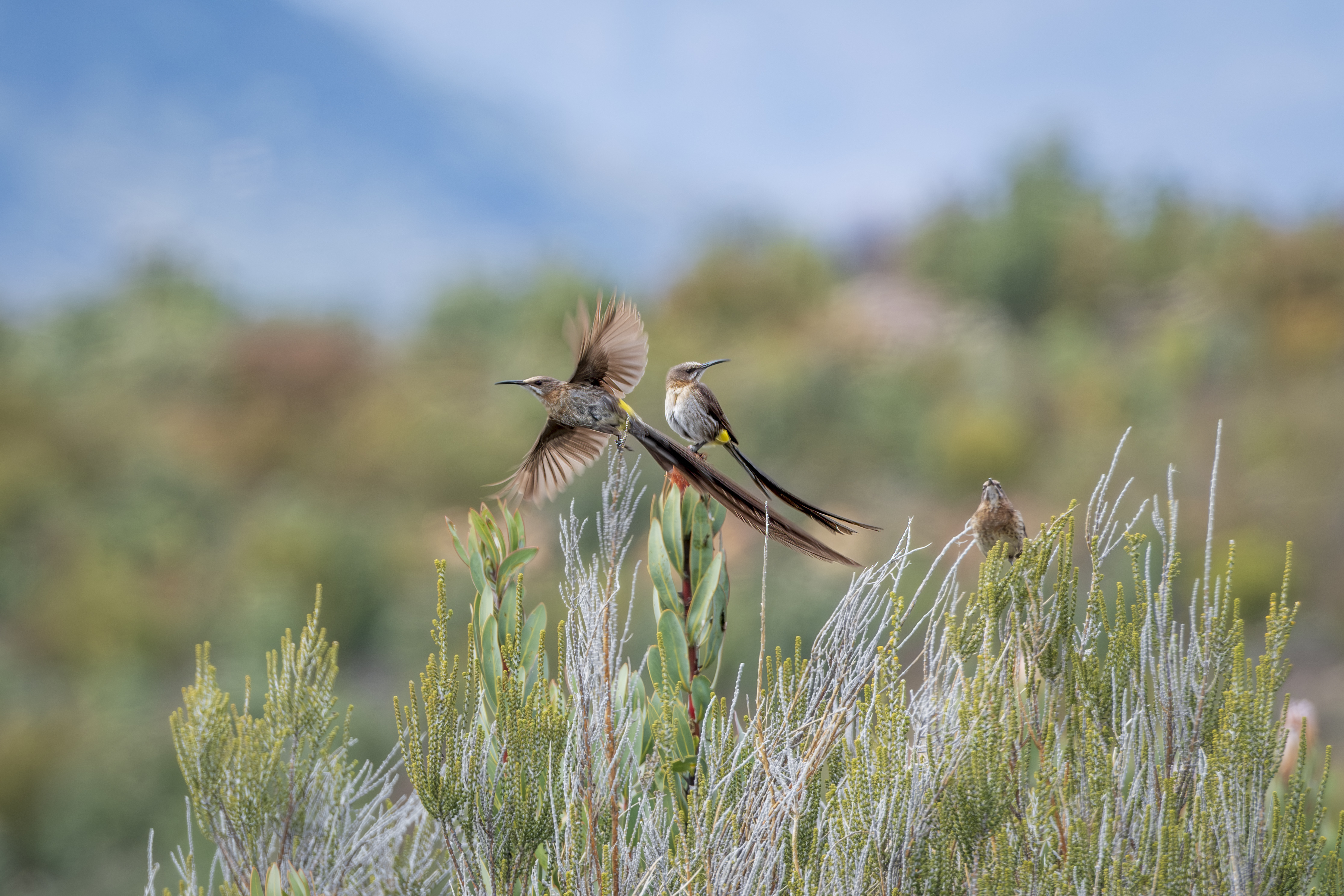Fujinon XF150-600mmF5.6-8: Lens review by Jon Kerrin
By Jon Kerrin
Nature photographer and Fujifilm ambassador, Jon Kerrin, has now had sufficient time shooting with the XF150-600mmF5.6-8 to form a proper opinion. Colour him impressed you could say, very impressed.
As a nature photographer, a telephoto is one of my most used lenses in my bag. The far-reaching focal lengths help me to get close to the action in wildlife photography, and assist me in capturing those larger than life landscape shots.
I have been testing out Fujifilm’s XF150-600mmF5.6-8 for a few months now, using it in the rugged mountains of the Richtersveld, the tropical coastline of Mozambique, the rich farmlands of the Cape, and in the beautiful wildlife parks of Namibia. After extensive use in real world outdoor situations, here are my thoughts on Fujifilm’s super-tele lens.
X-T3, 150-600mm, 310mm ISO160, f/7.1, 1/640sec
Focal Length
I own and have extensively used the Fujinon XF100-400mmF4.5-5.6. This lens was my go-to for wildlife photography and telephoto landscapes, so when the XF150-600mmF5.6-8 came onto the market I was not so sure the newly updated lens would be of any use to me. However, on first using the lens I found out how wrong I was.
The XF150-600mmF5.6-8 focal length on the Fujifilm X Series APS-C sensor equates to around 229-914mm in full frame terms. This is a monstrous focal length and helps to get nice and close to the action while being a safe distance away.
For wildlife photographers the range this lens offers is a dream, allowing me to get wide shots of animals in their environment, as well as nice tights shots deep in the bush.
I especially enjoy the compression this lens is able to achieve, making scenes with the sun and the moon look larger than life. This is something that can’t be achieved in camera without such a large focal length and has allowed me to get shots I never thought to get before.
Build Quality
I have always loved the robust build quality of Fujifilm’s XF lens range, and the 150-600mm does not let me down in this respect. It also forms part of Fujifilm’s “red badge” range, which puts it in the highest tier of Fujifilm’s lenses.
Despite its size, the XF150-600mmF5.6-8 remains relatively lightweight (approx. 1.6kg), making it more manageable than comparable full-frame options. And even though it is just under 300g heavier than the 100-400mm, I actually thought that it was the lighter of the two lenses. This is probably to do with how it is weighed. The lens feels far more balanced than its super zoom predecessor. It is however a much longer lens than the 100-400mm, making camera bag space a bit more cramped.
One thing I especially love on this lens is the integration of the internal zoom mechanism that ensures a consistent focal length and no lens creeping. This is something that really sets the lens apart from some of its rivals.
Despite being a super-telephoto I have quite comfortably carried this lens on long hikes and in carry-on luggage without feeling like it was out of place or inconvenient. And it sits neatly on my camera bags shoulder strap ready to deploy when the action arrives.
Controls & Operation
The controls of the XF150-600mmF5.6-8 match nicely with the lens’ build quality, giving it that premium telephoto feel.
The aperture ring has a nice bit of resistance to it, so much that it’s not easily bumped off its setting. However, I do wish there was a bit more tension in the focus ring, as this would help with fine focussing adjustments.
The lens also has a number of customisable focus buttons for those who need them. I personally have not found a use for them, but I can see them being used by the likes of sports photographers who have predictable focal lengths they need to focus at.
On the side of the lens there is also a focus limiter, just like on the XF100-400mm, but there is no image stabilisation button on the lens. This setting needs to be changed in-camera.
I’m particularly fond of the inclusion of the tripod foot for this lens. It is long enough to be a nice hand mount for holding while walking or balancing while shooting, but is also compatible with Arca-type clamps to easily mount to a tripod for landscapes on a tripod or wildlife on a monopod, and can be easily unclipped when not needed.
X-T3, 150-600mm, 225mm ISO640, f/7.1, 1/1250sec
Autofocus
X-H2s, 150-600mm, 225mm ISO400, f/6.4, 1/4000sec
I have used the XF150-600mmF5.6-8 on an X-T3, X-T5, X-H2 and X-H2s and I can confidently say that the autofocus of this lens is leaps and bounds ahead of the XF 100-400mm. The improvement is significant, noticeable on the newer and older Fujifilm cameras. However, in the newer cameras, paired with the tracking capabilities, the autofocus is simply amazing. The lens didn’t skip a beat, locking onto fast moving subjects like birds, as well as subjects in low light.
The improvement is so much that it makes me believe Fujifilm wants to be a serious competitor in the action photography market. A thought that gets me very excited!
Image Stabilisation
Just like autofocus, the image stabilisation is vastly improved over the XF 100-400mm. Even without IBIS in my X-T3, the lens still managed to get sharp shots of birds in flight. And with IBIS the lens is able to stay extremely steady all the way to 600mm. This is not always easy to visualise in a photograph, so I have included a link to a video clip of a crab I captured on the shores of Mozambique. This clip was shot at 600mm and was handheld.
Image Quality
The glass used in the XF150-600mmF5.6-8 lives up to the reputation Fujifilm holds for excellent image quality. It’s not always easy to maintain good image quality throughout a zoom range. This, however, is not the case with this lens. I believe the lens holds its best image quality up until around 400mm, but after that it does not deteriorate significantly and still holds a great amount of detail for such a far distance.
The XF150-600mmF5.6-8 is a variable f5.6-8. This aperture range helps to limit the weight of the lens, making it extremely manageable to handhold for long periods of time. But before purchasing this lens I was concerned that the f/8 limitation at 600mm would limit my usage in low light. After using it for a while I realised that between Fujifilm’s excellent noise handling and modern software, I could simply dial up the camera’s ISO to allow enough light in at f/8.
Conclusion
When shooting in the unpredictable conditions that nature photography presents, there are a number of things that matter to me when choosing gear: durability, reliability, flexibility, and image quality.
I have no doubt that the XF150-600mmF5.6-8 checks all these boxes. And I believe that it is not only a contender in the super-telephoto market, but in many respects, it leads the pack in its innovation of what a super-telephoto can achieve.
After using this lens for many months in rough conditions, it has performed extremely well in both the baking sun as well as stormy weather.
It has helped me achieve wide telephoto shots of sweeping landscapes, and tight portraits of wildlife. And in all of this it has been beautifully sharp, helping me bring home shots that I’m proud to print and hang.
I think this lens has helped Fujifilm announce themselves as a serious competitor in the global market of action and wildlife photography. And I couldn’t be happier about this!
To see more of Jon’s work, or to learn more about the tours and workshops he offers click on the links below:
– Website: https://www.jonkerrin.com
– Tours & Workshops: https://www.venturekj.com
– Facebook: https://www.facebook.com/jonkerrinphotography/
– Instagram: https://www.instagram.com/wherethelight_is/
























